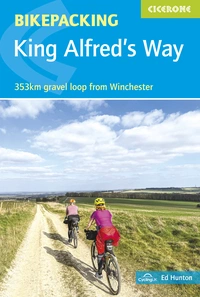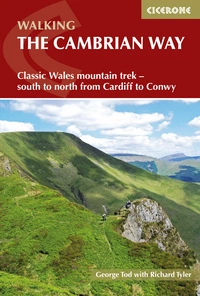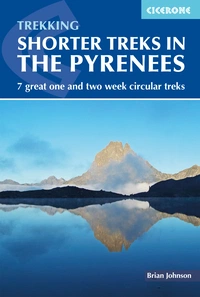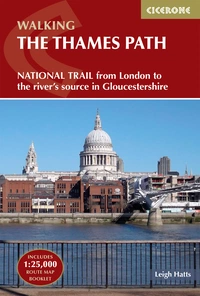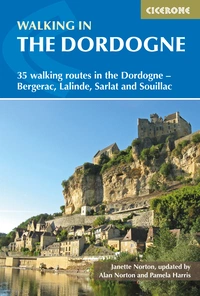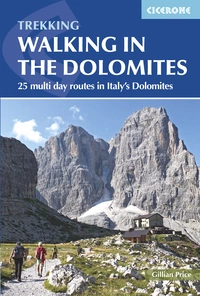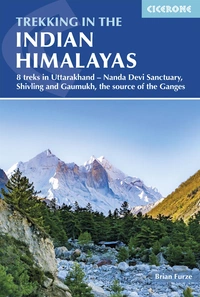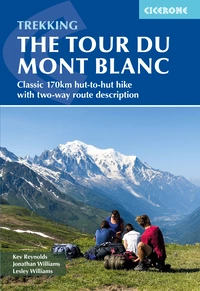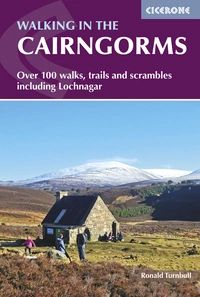Books
Filter by Region
-
British Isles (230)
-
Europe (168)
-
International (26)
Filter by Activity
-
Short and easy day walks (38)
-
British day walks (73)
-
British mountains (43)
-
British long distance walks (73)
-
Walking the Lake District fells (8)
-
National Trails (30)
-
International trekking (102)
-
International walking (72)
-
Mountain adventures (5)
-
Pilgrim trails (20)
-
Climbing and mountaineering (27)
-
Via ferratas (8)
-
Cycling and cycle touring (42)
-
Mountain biking (13)
-
Ski touring (2)
-
Trail and mountain running (11)
-
Outdoor skills (3)
423 books found




